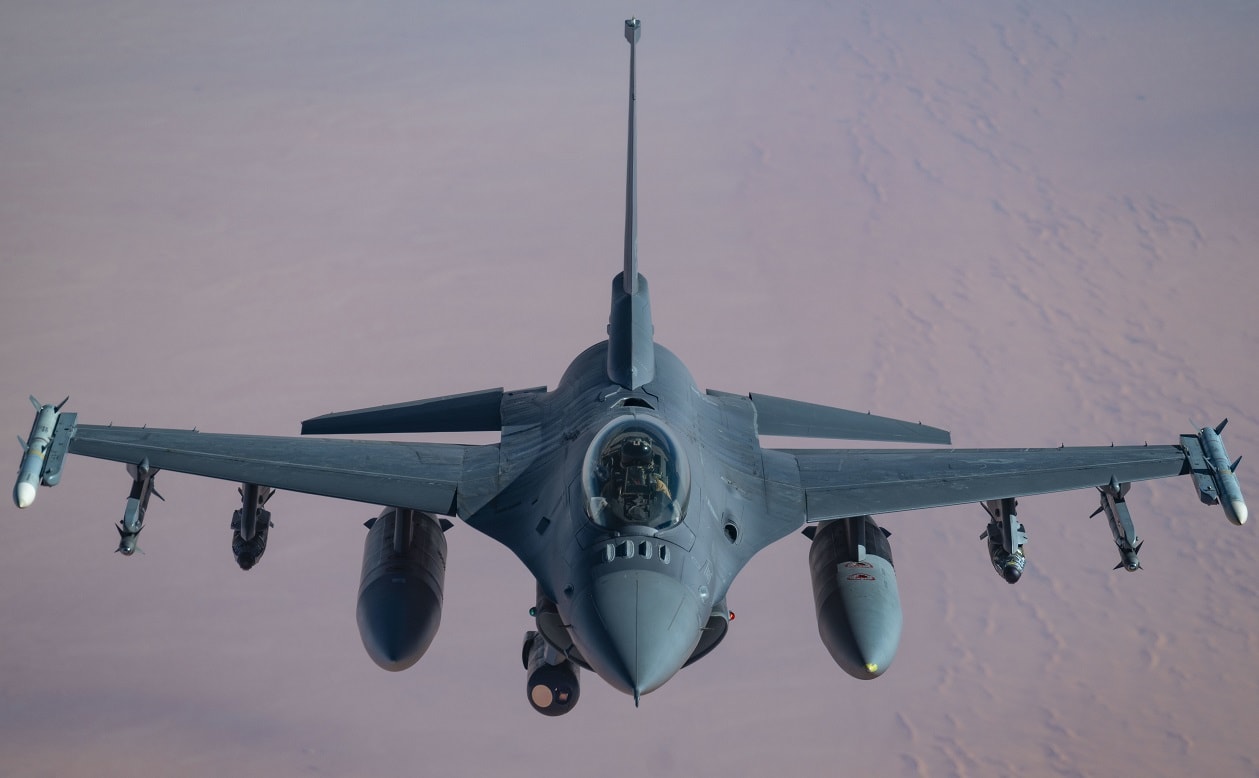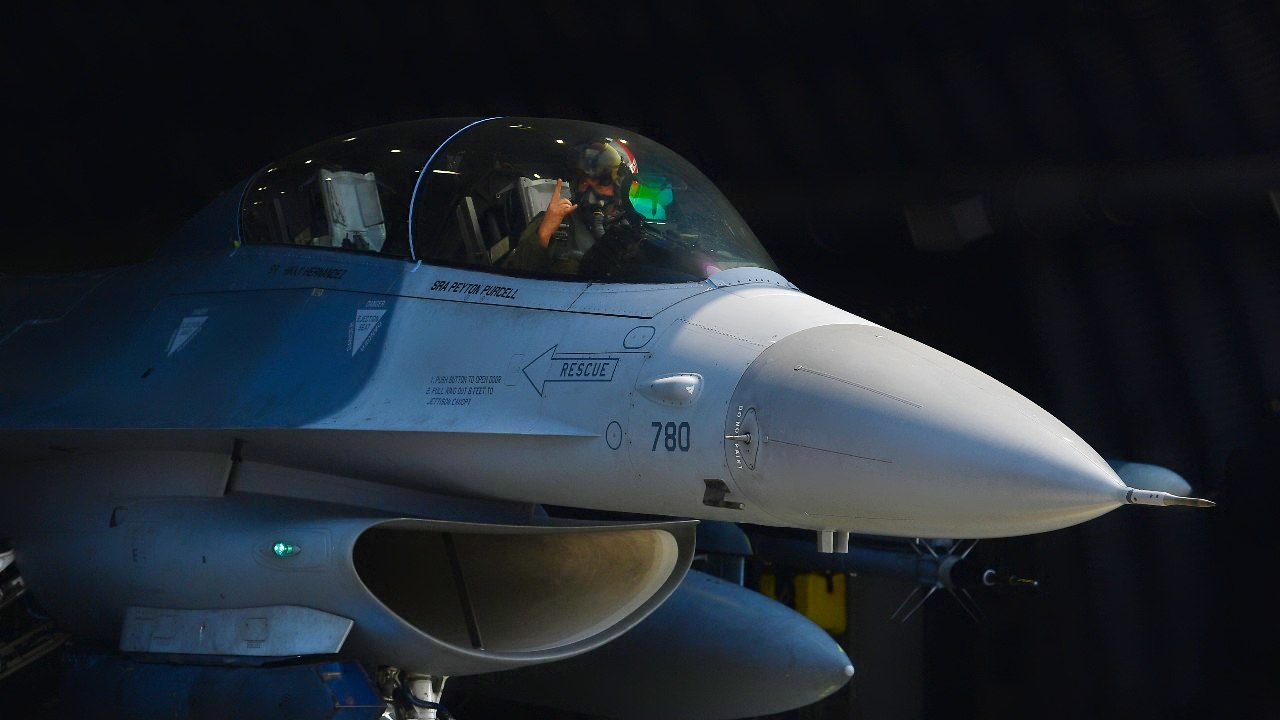Some advocates of a U.S. foreign policy based on realism and restraint hoped that Donald Trump’s election as president would signal the end of the U.S./NATO proxy war in Ukraine. His bombastic assertion during the 2024 presidential campaign that he could bring the fighting between Moscow and Kyiv to a halt within 24 hours fed such delusions. Trump’s conduct regarding the Ukraine issue during his first term in the White House should have discouraged such optimism. Contrary to the pervasive mythology fostered by his political opponents that he was “soft” on Russia (if not an outright Russian agent), Trump’s policies toward Moscow had continued and even escalated the hostile measures that his predecessors pursued.
The initial statements coming from the White House once Trump began his new term should have squelched any remaining optimism about a quick end to the fighting in Ukraine, much less the signing of an official peace accord. Indeed, the new administration’s receptive response to Ukrainian President Volodymyr Zelensky’s offer to sell rare earth minerals to the United States on generous terms if Washington agreed to continue providing Kyiv with sophisticated weapons to attack targets inside Russia, suggested that the war was not likely to end anytime soon.
The failure of Ukraine’s latest offensives in 2024, however, have likely sealed Kyiv’s fate, as I predicted more than a year ago—a slow, grinding defeat at the hands of a larger adversary with more military personnel and weapons. Absent a cease fire, an eventual Russian triumph, along with a takeover of additional Ukrainian territory is almost certain. Secretary of State Marco Rubio put the matter succinctly; “Kyiv was “running out of Ukranians.”
Even if the violence eventually subsides, though, a formal peace treaty is unlikely. The more probable outcome is a frozen truce—an end to the fighting, combined with vapid promises from the contending parties to pursue negotiations for a final settlement. There seems to be scant room for compromise between Kyiv and Moscow.
Ukraine insists that Russia must return not only the territories seized since the February 2022 invasion, but any Ukrainian land that Moscow has acquired since its initial incursions in 2014. Complying with that demand would force the Kremlin to relinquish control of Ukraine’s secessionist, Russian-speaking areas in the Donbas region. Even more important, Kyiv’s stance would compel Moscow to relinquish control of Crimea, despite Russia’s longstanding historical claim to the peninsula and the strategic importance of the Russian naval base at Sevastopol. Therefore, Kyiv’s demand for the return of all lands taken since 2014 is likely to be a deal killer by itself for Moscow.
Kyiv’s continued insistence on joining NATO terminates any remaining chance for a diplomatic settlement. Indeed, the NATO issue was the principal cause of the current war and the overall breakdown of relations between Russia and the West. As early as his February 12, 2007 address to the Munich Security Conference, Vladimir Putin made it clear that Ukraine becoming a member of NATO would be an intolerable crossing of a red line as far as Russia’s security was concerned. Putin and other Russian officials repeated that warning on numerous occasions during the following years.
U.S. and other Western leaders seemed oblivious to Moscow’s growing annoyance until 2014. Indeed, the United States even adopted a strategy to help demonstrators overthrow Ukraine’s duly elected, but pro-Russian, president, Viktor Yanukovich. This time, though, Russia struck back hard, seizing Crimea and boosting its military support for pro-Russian secessionists in Ukraine’s Donbas region. The Western powers escalated already alarming tensions with Moscow by then imposing an array of economic sanctions.
The Kremlin’s final warning to the West came in November 2021, when Russian leaders offered a modus vivendi to NATO to reverse the growing tensions between Moscow and the Alliance. The key demands from the Putin government were that the Western powers not only take Ukraine membership in NATO off of the table permanently, but also halt their other measures to make Ukraine a de facto NATO military asset. A related demand was that the United States reduce its growing, menacing military presence (both troops and weaponry) in NATO’s eastern members on Russia’s border.
U.S. and NATO officials spurned that proposal and insisted that Ukraine had every right under international law to join any organization willing to accept it—even the world’s most powerful military alliance perched on Russia’s doorstep. Russian leaders clearly saw matters differently, just as officials in John F. Kennedy’s administration would never have accepted the argument that Cuba had a right under international law to let the Soviet Union station ICBMs on the island.
The extremely provocative policies that Washington and key NATO partners pursued against Russia made the current proxy war nearly inevitable. Those measures and the resulting armed conflict also have made a formal peace accord nearly impossible. It is hard to imagine any government in Kyiv ratifying Russia’s territorial seizures or renouncing Ukraine’s ambitions to join NATO. Conversely, Moscow is never likely to sign a peace treaty that fails to rule out Ukraine’s membership in NATO.
Russian officials also are certain to insist that Western economic sanctions imposed on Russia be lifted. The bitter irony is that the United States and its allies may well end up with the same outcome they could have had without any armed conflict if they had merely heeded Russia’s warnings and recognized Moscow’s “red lines” before fighting erupted.
A remaining sticking point even for a prolonged cease fire, much less a comprehensive peace accord, is how to establish an enforcement mechanism. Moscow obviously will not tolerate a peacekeeping force on Russia’s border, if that force contains troops from European NATO countries, much less U.S. troops. However, Kyiv is certain to balk if a peacekeeping force consists of nothing more than troops from minor UN members. Sweden’s decision to end its venerable policy of formal neutrality regarding conflicts and instead cast its lot with NATO was most unfortunate. Stockholm would have been well positioned, with both the needed diplomatic credibility and military capability, to police a cease fire of indefinite duration between Russia and Ukraine. One possible substitute might be a multinational force of major neutral powers, including Brazil, India, and China. Even that option might be unattainable, though.

A U.S. Air Force F-16 Fighting Falcon receives fuel from a U.S. Air Force KC-135 Stratotanker, deployed to Al Udeid Air Base, Qatar, above the U.S. Central Command area of responsibility, Dec. 2, 2021. The F-16 Fighting Falcon is a compact, multi-role fighter aircraft that delivers war- winning airpower to the U.S. Central Command area of responsibility. (U.S. Air Force photo by Senior Airman Daniel Hernandez)
It is a sad situation if the least bad solution may be an East European version of the frozen conflict on the Korean Peninsula, which has gone on now since the feuding parties concluded a truce in 1953. People justifiably worry that the Korean War could reignite at any time. A frozen truce between Ukraine and Russia would be even more perilous. Yet, that appears to be the destination to which the world is headed.
About the Author: Dr. Ted Galen Carpenter
Dr. Ted Galen Carpenter is a contributing editor to 19FortyFive and a senior fellow at the Randolph Bourne Institute and the Libertarian Institute. He also served in various senior policy positions during a 37-year career at the Cato Institute. Dr. Carpenter is the author of 13 books and more than 1,300 articles on defense, foreign policy and civil liberties issues. His latest book is Unreliable Watchdog: The News Media and U.S. Foreign Policy (2022).

